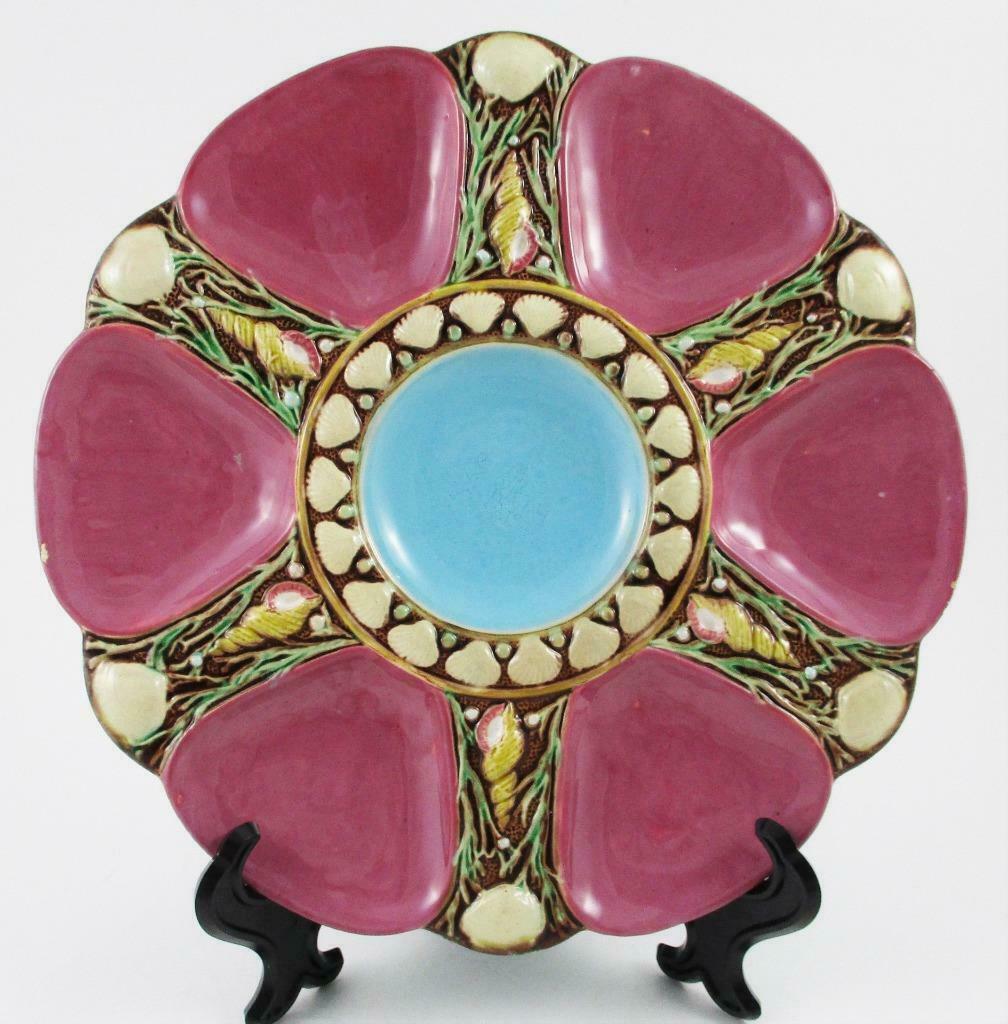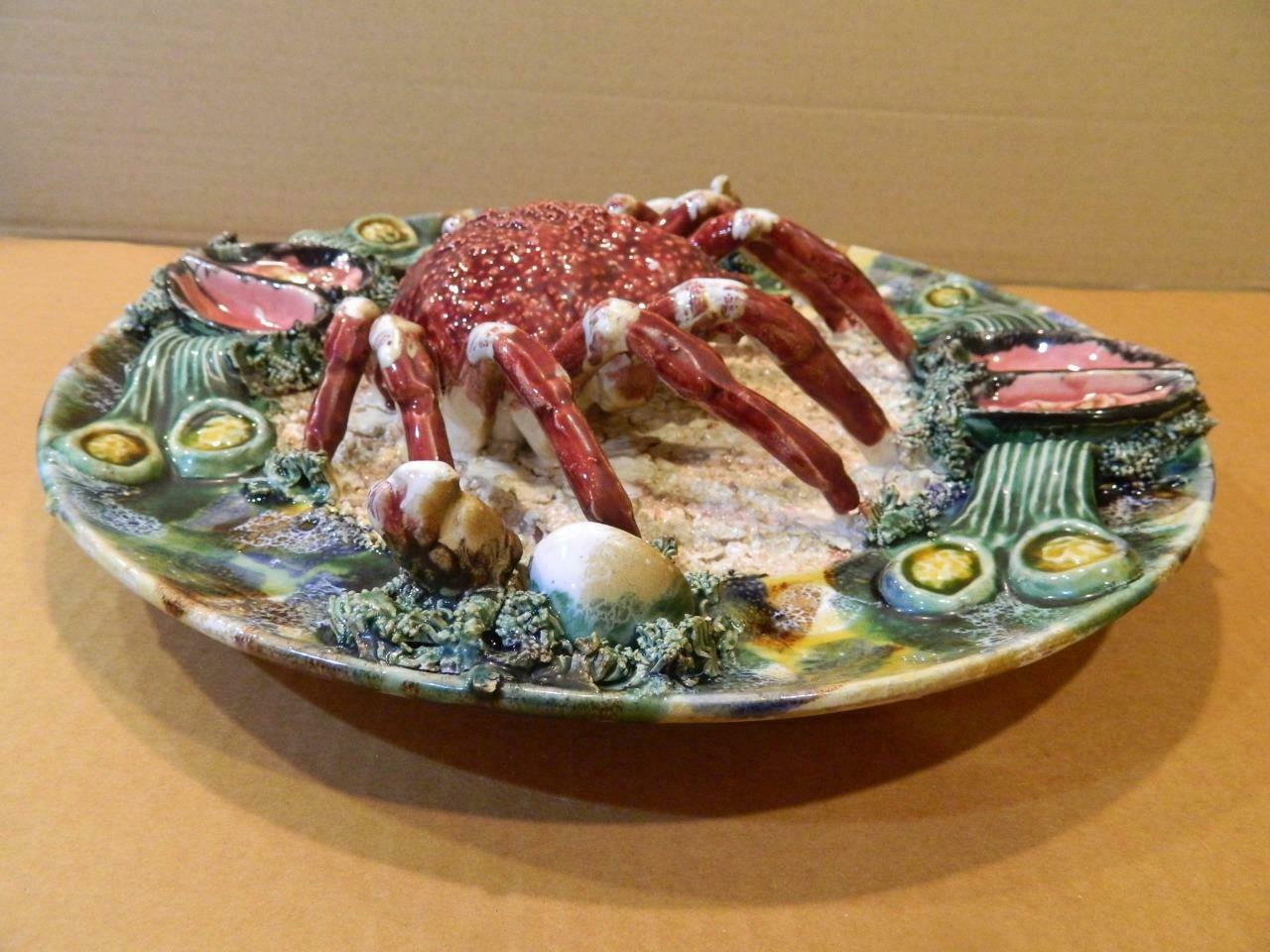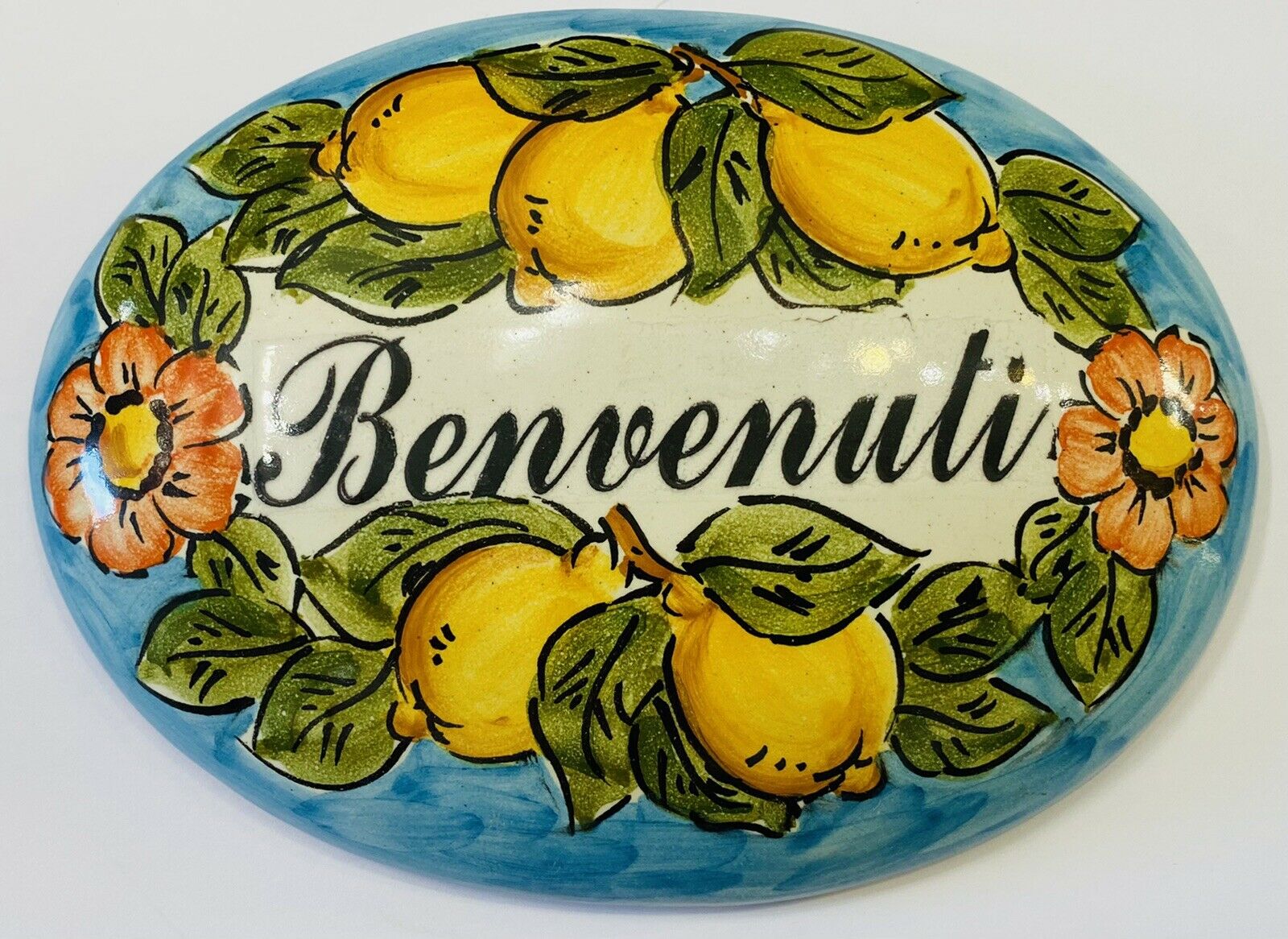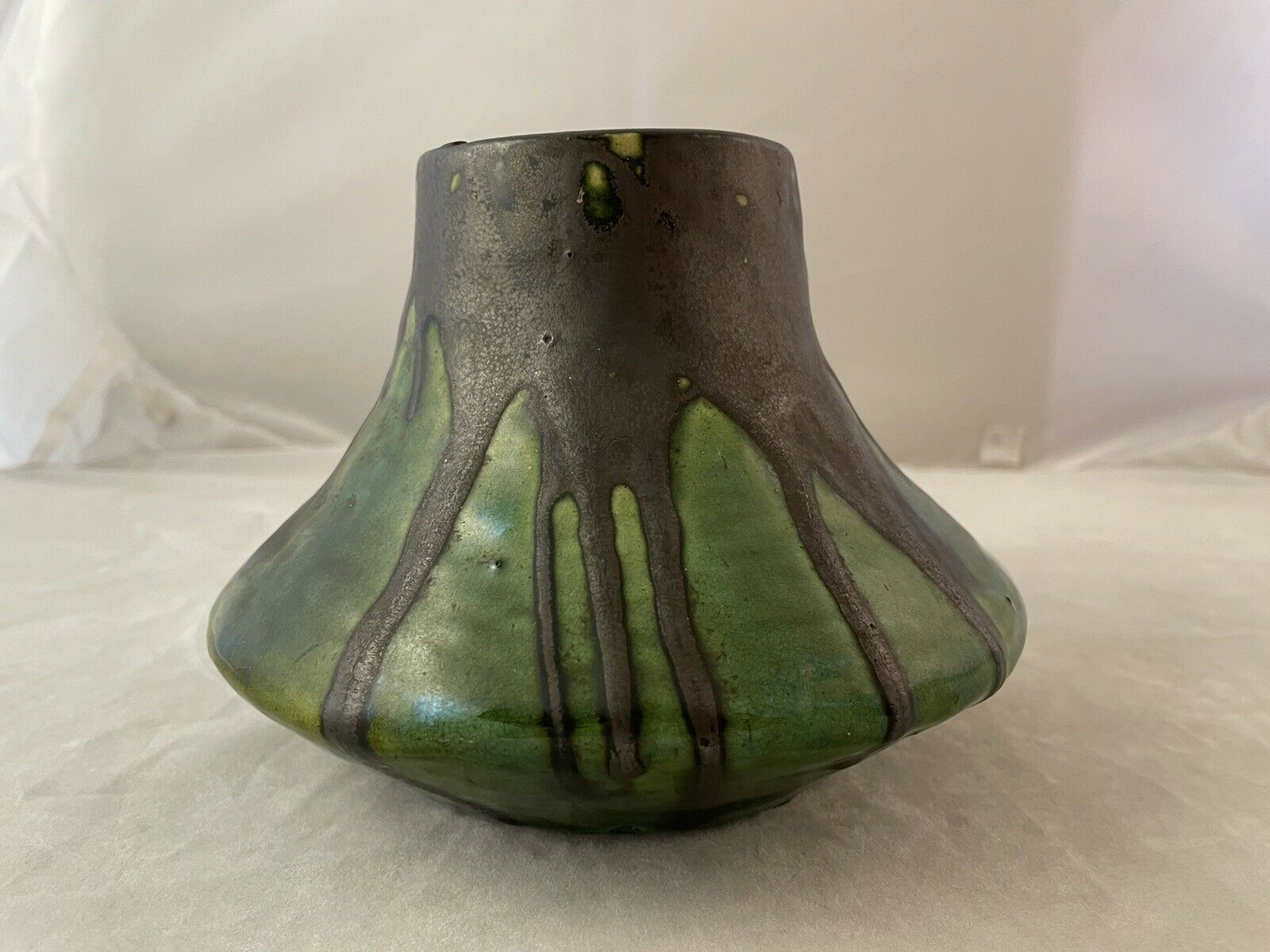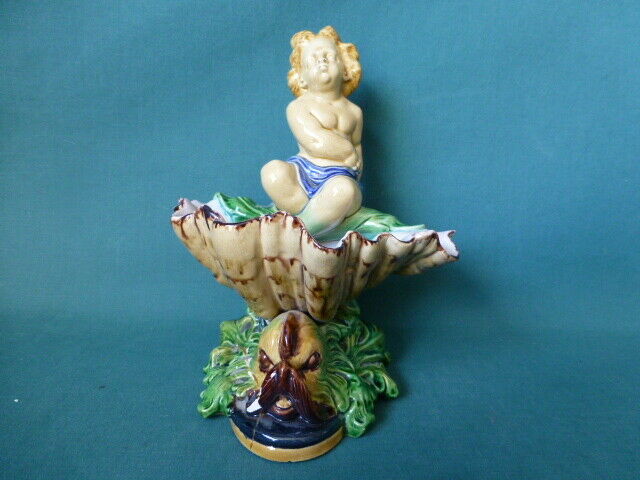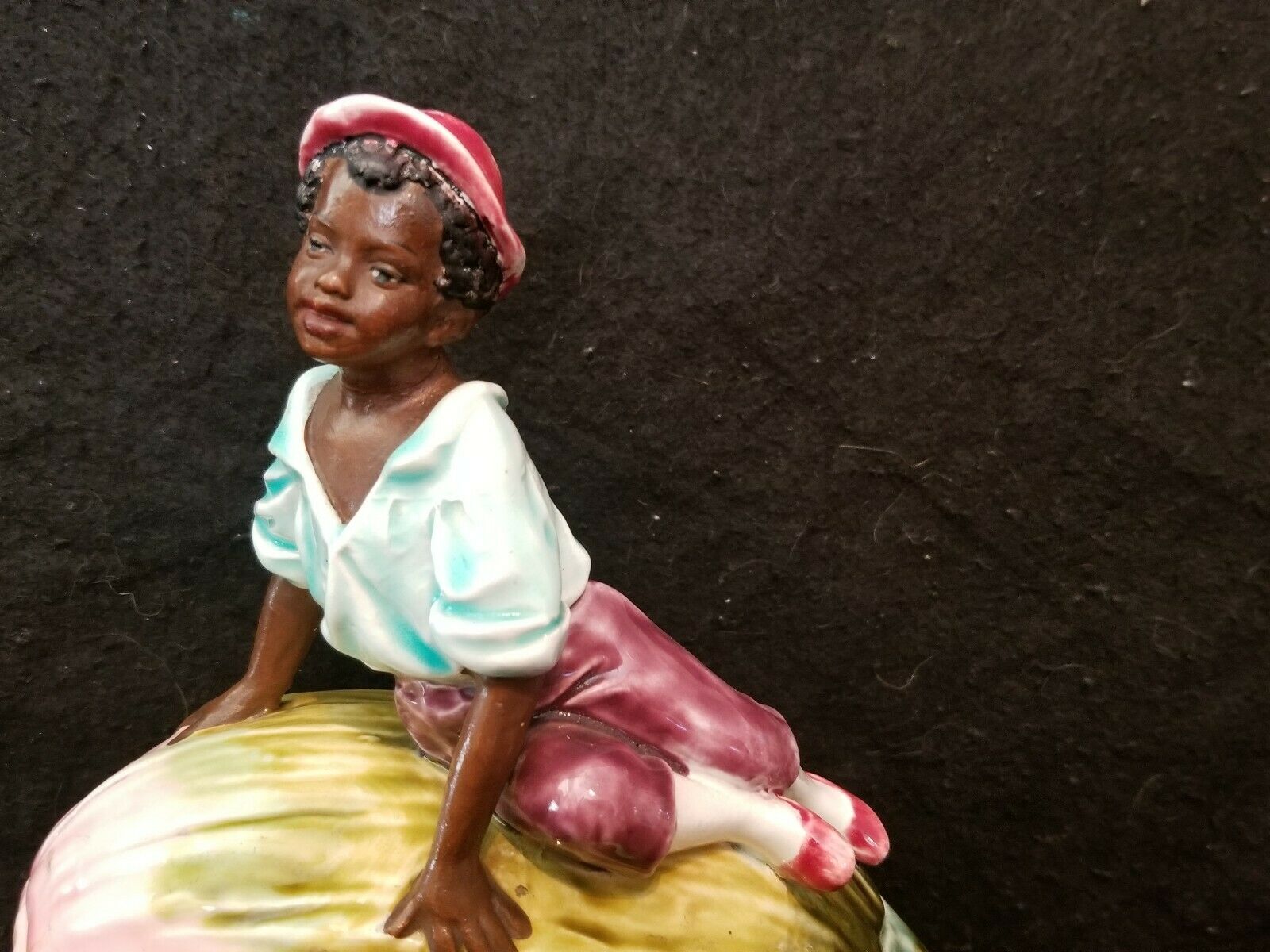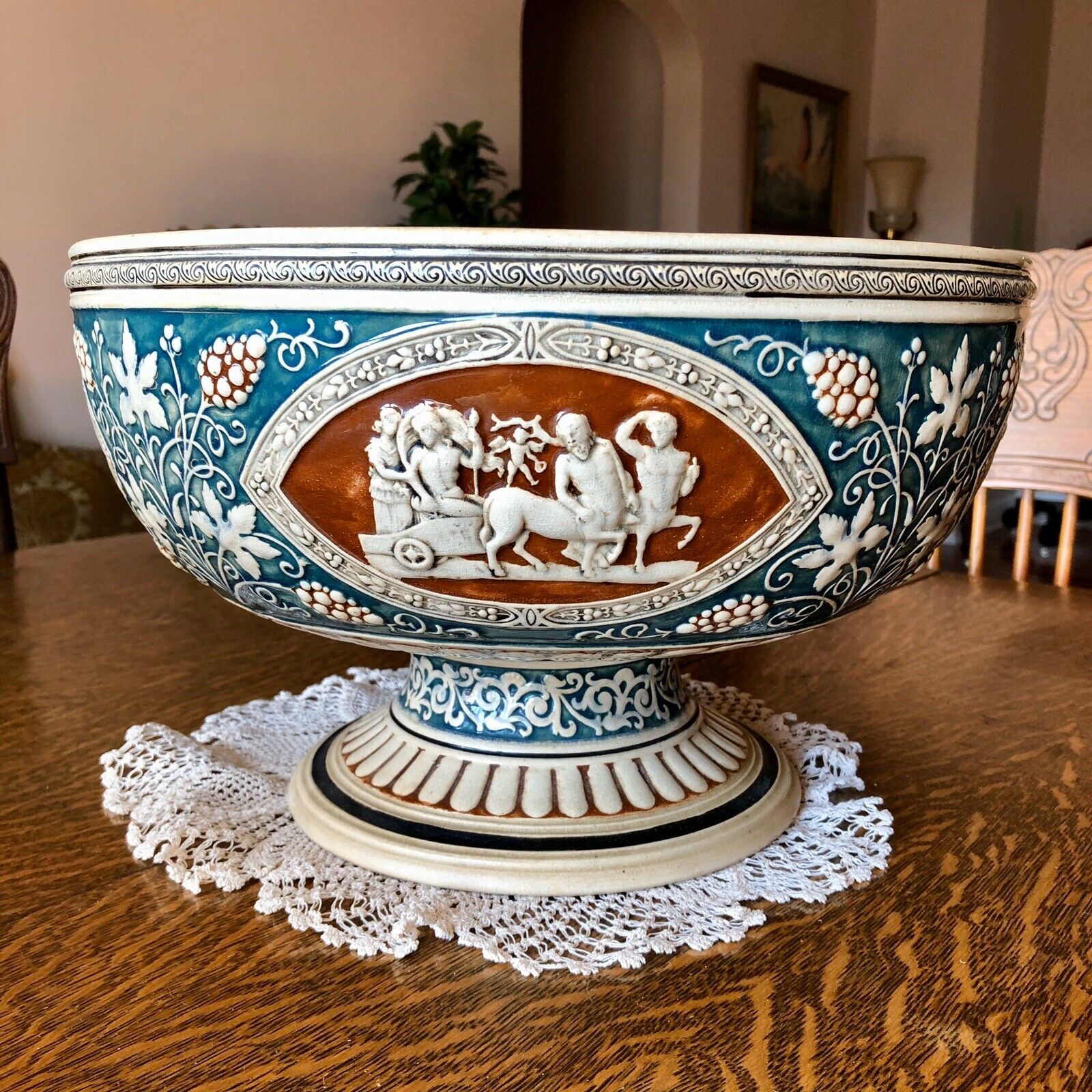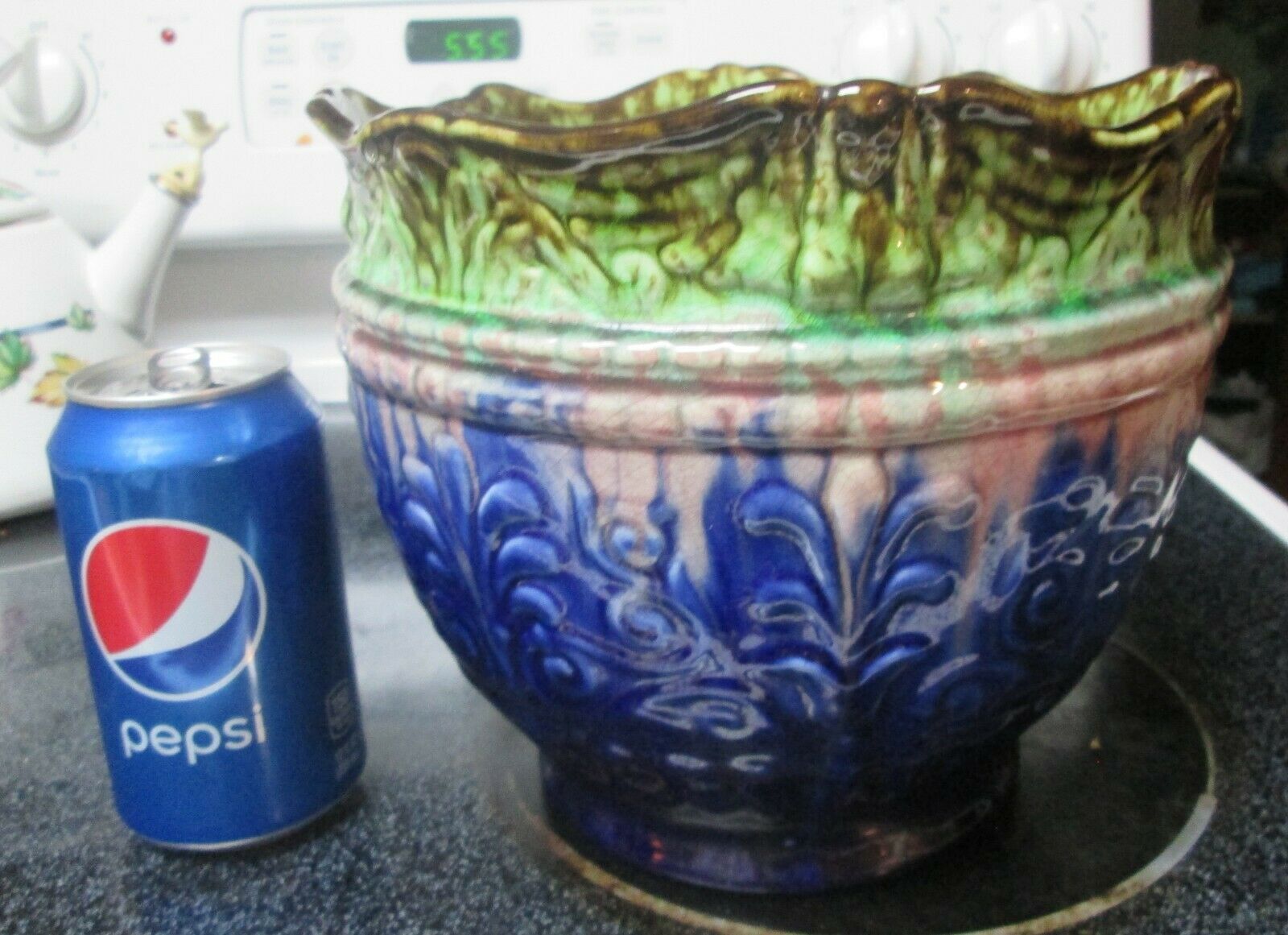-40%
Rare Vintage British 1836-1885 (William Brownfield) Majolica Flower Vase Iris
$ 39.6
- Description
- Size Guide
Description
A Rare Vintage British 1836-1885 (William Brownfield) Majolica Flower Vase. This vase is 5 1/4" tall by 3 3/8" wide from handle to handle by 2" across the top outside rim by 1 3/4" across the top inside rim by 2 5/8" across the base. The two handles have the look of Swans and the Flower looks like a Tulip in bloom. Marking look like they belong to the British Majolica (William Brownfield). The Front of this dish is Beautiful and it would make a Great addition for any collector.No cracks, or chips, other than a small flea bite/chip on back rim - see photo.
William Brownfield
In 1836, William Brownfield established the Cobridge Works in partnership with Noah Robinson and John Wood. Robinson died in the same year and the firm was subsequently incorporated as Wood and Brownfield. By 1850, Brownfield assumed sole control over the rapidly expanding business. Brownfield died suddenly in 1873, leaving the firm to three young sons: William Etches, Edward Arthur, and Douglas Howard Brownfield.
Brownfield & Sons remained prosperous and began majolica production around 1871, exhibiting pieces at the London Exhibition that year. With the installation of Louis Jahn as art director in 1872, Brownfield began to receive considerable critical acclaim. In Ceramic Art of Great Britain, Jewitt states: “Majolica is another of the specialties of Brownfield’s manufacture, and this they produce of the highest class of excellence both in body, in firmness of glaze, in brilliancy of colour, and in design of the various pieces they bring out.” Both Albert Carrier de Belleuse and Hugues Protât modeled majolica for Brownfield. Jahn remained until 1895 when he assumed the position of art director at Minton following the retirement of Leon Arnoux. Brownfield advertised majolica through 1885 and produced an array of wares including game pie dishes, garden items and figural pieces including the Isle of Man teapots which featured a three-legged seaman seated upon a coiled rope. Majolica pieces were often unmarked, but impressed marks BROWNFIELD and W.B. & SONS are known. A sculpted double-globe mark was also used after 1876. The firm was reorganized as the Brownfield’s Guild Pottery Society in 1892 based on John Ruskin’s principles. The business failed by 1900 and the site was subsequently demolished.









